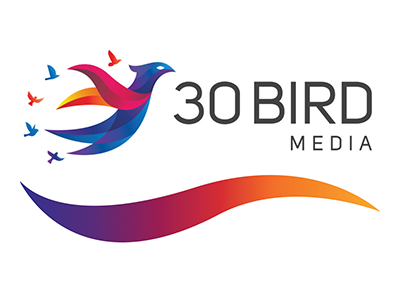 |
Constructing: Airway Essentials—Part 3 |
1.00 |
Knowing why you are doing what you are doing will almost always produce a better result. In this case, Dr. Christopher Galton explains why we ventilate at the rates and the volumes we do. This insightful discussion will offer ideas on how to use the ventilation tools that we encounter every day. Final Exam: This multiple choice exam is designed to test your knowledge of the material you just reviewed. You have two attempts to gain an 80% or higher on this exam. Please take your time and answer each question carefully. |
 |
Framing: Documentation-Proper and Complete |
1.00 |
Your local training director, operations officers, and medical direction have expectations that should be met for each and every documentation piece that you provide. It is our intention to provide you with knowledge on this subject that will spark good discussion and hopefully a better overall product for you and your service. |
 |
Suicide Prevention |
1.25 |
This course covers suicide prevention measures and suicide prevention organizations as well as the disparities found in suicide data.
After completing this course, you will be able to:
Distinguish the disparities in suicide statistics
Identify the risk factors that can lead to suicide
Apply techniques to help prevent suicide
Describe the work that suicide prevention programs are doing |
 |
Effective Presentations: Presentation Process |
1.00 |
This course will cover how to use a presentation process, prepare before making the presentation and overcome the fear of speaking, and deliver a presentation by using different aspects of voice. You will also learn how to use nonverbal communication aids. |
 |
Effective Presentations: Question-and-Answer Session |
0.50 |
This course will cover how to prepare to answer questions and conduct a question-and-answer session. You will also learn how to handle challenging questions and audiences. |
 |
Effective Presentations: Fundamentals of Persuasion |
1.00 |
This course will focus on persuasion and the goals of persuasion. You will also learn how to organize a persuasive presentation and use the methods of persuasion. |
 |
Excellence in Service - Basic: Customer Service Fundamentals |
1.00 |
This course will cover customer types and the importance of customer service. You will also learn how to build rapport and communicate with customers as well as how to respond to customers and exceed their expectations. |
 |
Instructional Planning for Paraprofessionals |
0.50 |
This course covers the instructional responsibilities of a paraprofessional in the classroom. It is just one of many paraprofessional courses we offer. This course will help you understand what your role as a paraprofessional is in supporting students through instruction and how to support teaching and learning. |
 |
CompTIA A+ Certification, Core 2 - Exam 220-1102 |
24.00 |
CompTIA A+ Certification Core 2 - Exam 220-1102 provides the basic knowledge needed to install, configure, and support computer software and implement networking. This includes:
- Installing, configuring, and maintaining computer equipment, mobile devices, and software for end users
- Servicing components based on customer requirements
- Understanding networking basics and applying basic cybersecurity methods to mitigate threats
- Properly and safely diagnosing, resolving, and documenting common hardware and software issues
- Applying troubleshooting skills and providing customer support using appropriate communication skills
- Understanding the basics of scripting, cloud technologies, virtualization, and multi-OS deployments in corporate environments
This course maps to the CompTIA A+ Certification Core 2: Exam 220-1102 objectives. An objective map is available for download.
This course assumes that you have basic computer knowledge. |
 |
Guiding Students in Groups for Paraprofessionals |
1.00 |
One of the developmental needs of students is their need for guidance with behaviors. This course will develop knowledge and understanding surrounding strategies to use with students to develop self-discipline and self-direction and establish positive relationships with others. This understanding will help paraprofessionals effectively support, nurture, and guide individual differences and fosters positive interaction among students in groups. |











